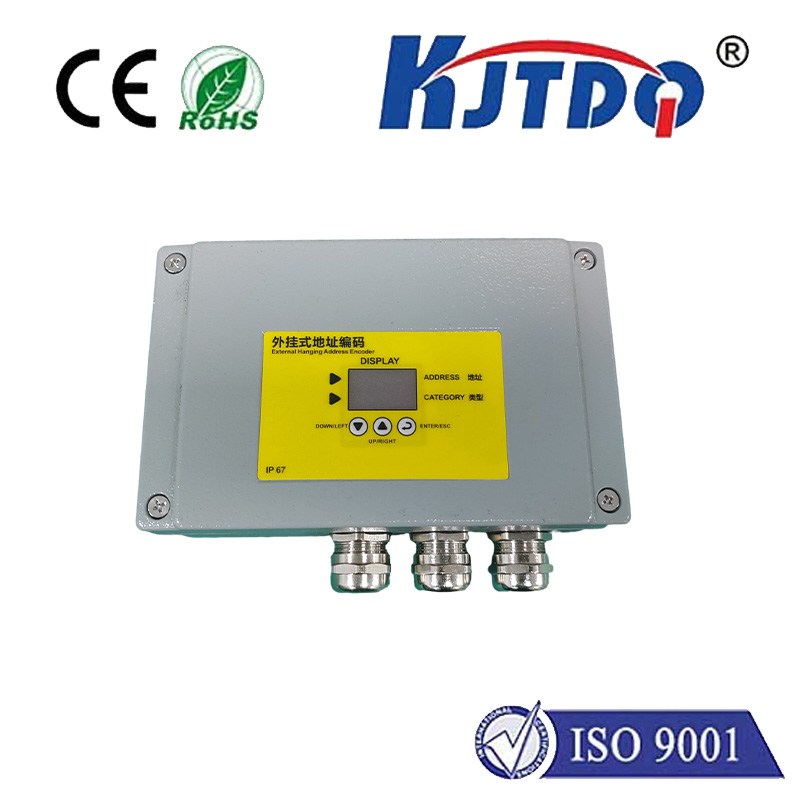

check

check

check

check
We rarely think twice about the constant hum of a refrigerator or the whirring fans inside our laptops and smartphones. Yet, behind this familiar background noise lies a hidden cost: a colossal drain on global energy resources to keep countless electronic devices cool. But what if the most powerful electronics – the kind enabling cutting-edge quantum computing, lossless power grids, and ultra-sensitive medical imaging – could function flawlessly without needing complex, energy-hungry cooling systems? This is the tantalising promise and rapidly evolving reality of room temperature devices, particularly room temperature superconducting (RTS) devices, poised to ignite a technological revolution.
Understanding the “Room Temperature” Breakthrough
Traditionally, achieving superconductivity – the phenomenon where a material conducts electricity with zero resistance – required plunging materials to incredibly low temperatures, often near absolute zero (-273°C or -459°F). This necessitates expensive, bulky, and power-intensive cooling equipment, typically using liquid helium or nitrogen. Crucially, this limitation has confined superconductors to niche applications despite their revolutionary potential.
The term “room temperature device” signifies a monumental leap. It refers to devices, primarily those leveraging superconducting materials, engineered to exhibit their extraordinary properties – notably zero electrical resistance and perfect diamagnetism (expelling magnetic fields, known as the Meissner effect) – at temperatures readily achievable in everyday environments. Think comfortable office temperatures, around 20-25°C (68-77°F). This paradigm shift eliminates the biggest barrier to widespread superconducting adoption: the cryogenic burden.
The Core Appeal: Unleashing Superconductivity Unchained

The implications of practical room temperature superconducting devices are profound, revolving around their defining characteristic: zero electrical resistance.
The Evolving Landscape: Progress and Pragmatism
It’s crucial to understand the current state of room temperature superconductivity. While the theoretical goal is ambient conditions (around 20-25°C), most significant verified breakthroughs have occurred in materials requiring high pressure (often millions of atmospheres) or operating in a slightly cooler range termed “near-room-temperature” (approaching 0°C or just above). Materials like carbonaceous sulfur hydride (CSH) and lanthanum hydride (LaH10) have demonstrated superconductivity at temperatures remarkably close to or within a practical “room temperature” range under extreme pressure.
The intense research focus is multi-pronged:
Beyond Energy: A Broader Impact
While energy efficiency is a primary driver, the influence of room temperature devices extends further:
The Path Forward: From Lab to Life
The development of robust, commercially viable room temperature devices, particularly superconducting ones, is arguably one of the most transformative technological pursuits today. Progress, while sometimes incremental, is accelerating through global collaboration involving universities, national labs, and forward-thinking companies. The potential prize – radically reduced energy consumption, revolutionary new capabilities in computing and sensing, and profound impacts across healthcare and industry – justifies the intense effort.
The persistent hum of cooling systems may one day become a relic of the past. Room temperature devices, once a distant dream, are steadily marching towards reality. Their arrival won’t just represent a technical achievement; it will fundamentally reshape the technological landscape, driving unprecedented efficiency and unlocking possibilities we are only beginning to imagine. The infrastructure of tomorrow, from the grid to the quantum computer on your desk, is being forged in labs focused on harnessing the power of superconductivity unleashed at the temperatures where we live and work. The energy revolution has found its room temperature catalyst.









